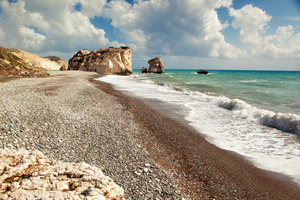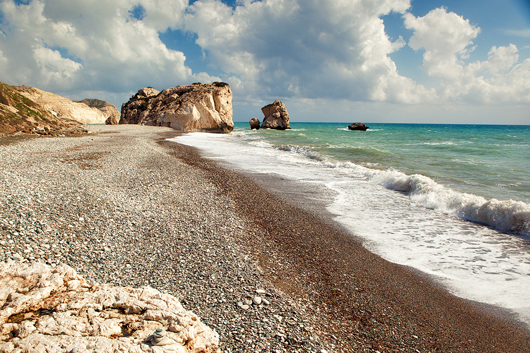
NICOSIA, Cyprus (AFP) – Cyprus formally welcomed home from Germany on Tuesday scores of frescoes, mosaics and icons stolen from churches after the Turkish invasion in 1974 and returned after a long legal battle.
The 173 Byzantine and post-Byzantine antiquities, which still show the damage caused when they were removed from around 50 Greek Orthodox and Maronite churches, were on public display at the capital’s Byzantine Museum.
They constitute the “largest number of cultural objects ever repatriated” to Cyprus, following a long legal battle in the regional court of Munich, a government statement said
“They are unique examples of ecclesiastical art of Cyprus and will be temporarily exhibited in the Byzantine Museum until the day of their return to the places where they belong,” the statement added.
They were lost during pillaging that followed Turkey’s invasion after an Athens-engineered Greek Cypriot coup in Nicosia and its occupation of the island’s northern third, which continues until this day.
German authorities seized them in 1997 and the Munich court ruled in June that they could be returned after deciding on their ownership.
“These ancient treasures of ecclesiastical art form part of the Cypriot cultural heritage,” the German embassy in Nicosia said.
It welcomed the return of the icons “in what is probably the largest and most important case of repatriation of Cypriot artifacts in recent history.”
ADDITIONAL IMAGE OF NOTE


